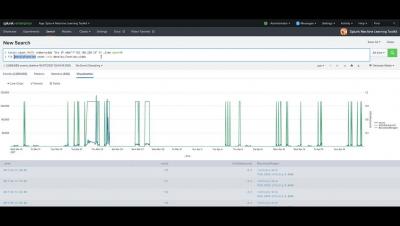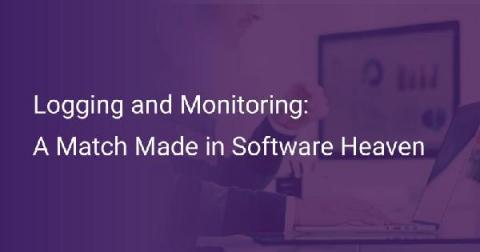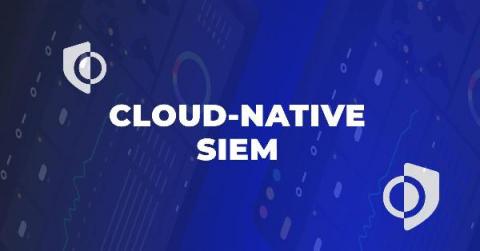Operations | Monitoring | ITSM | DevOps | Cloud
Logging
The latest News and Information on Log Management, Log Analytics and related technologies.
Splunk Mobile - Overview (in 60s)
Splunk Mobile - Dashboards (in 60s)
Splunk Mobile - Backend Summary (in 60s)
Splunk Cloud Monitoring Console on Mobile (in 60s)
How to Maximize the Performance of Your Kubernetes Deployment
With Kubernetes emerging as a strong choice for container orchestration for many organizations, monitoring in Kubernetes environments is essential to application performance. Poor application/infrastructure performance impact in the era of cloud computing, as-a-service delivery models is more significant than ever. How many of us today have more than two rideshare apps or more than three food delivery apps?
Announcing our $55M Series C Round Funding to further our storage-less data vision
It’s been an exciting year here at Coralogix. We welcomed our 2,000th customer (more than doubling our customer base) and almost tripled our revenue. We also announced our Series B Funding and started to scale our R&D teams and go-to-market strategy. Most exciting, though, was last September when we launched Streamaⓒ – our stateful streaming analytics pipeline. And the excitement continues!
What's Next for Streama - Coralogix
Logging and Monitoring: A Match Made in Software Heaven
All code and no logging makes your application a black box system. Similarly, all logging and no monitoring makes analyzing performance complicated and inconvenient. The goal is to achieve better visibility into the operations of your application, its status, performance, and overall health. Making this information easily accessible presents more context about the critical incidents and surfaces actionable insights for optimizing performance.
Why Cloud-Native SIEM?
The SIEM is a central point where data is collected and correlated, and as we move to consume more cloud services and data sets the SIEM itself must also change in architecture. Architecture change is hard to make for existing products. Calling a product a ‘cloud solution’ is not the same as taking an on-premises product and hosting it for customers. It means building a new SIEM for a new world. There are a lot of reasons users seek new SIEMs.











